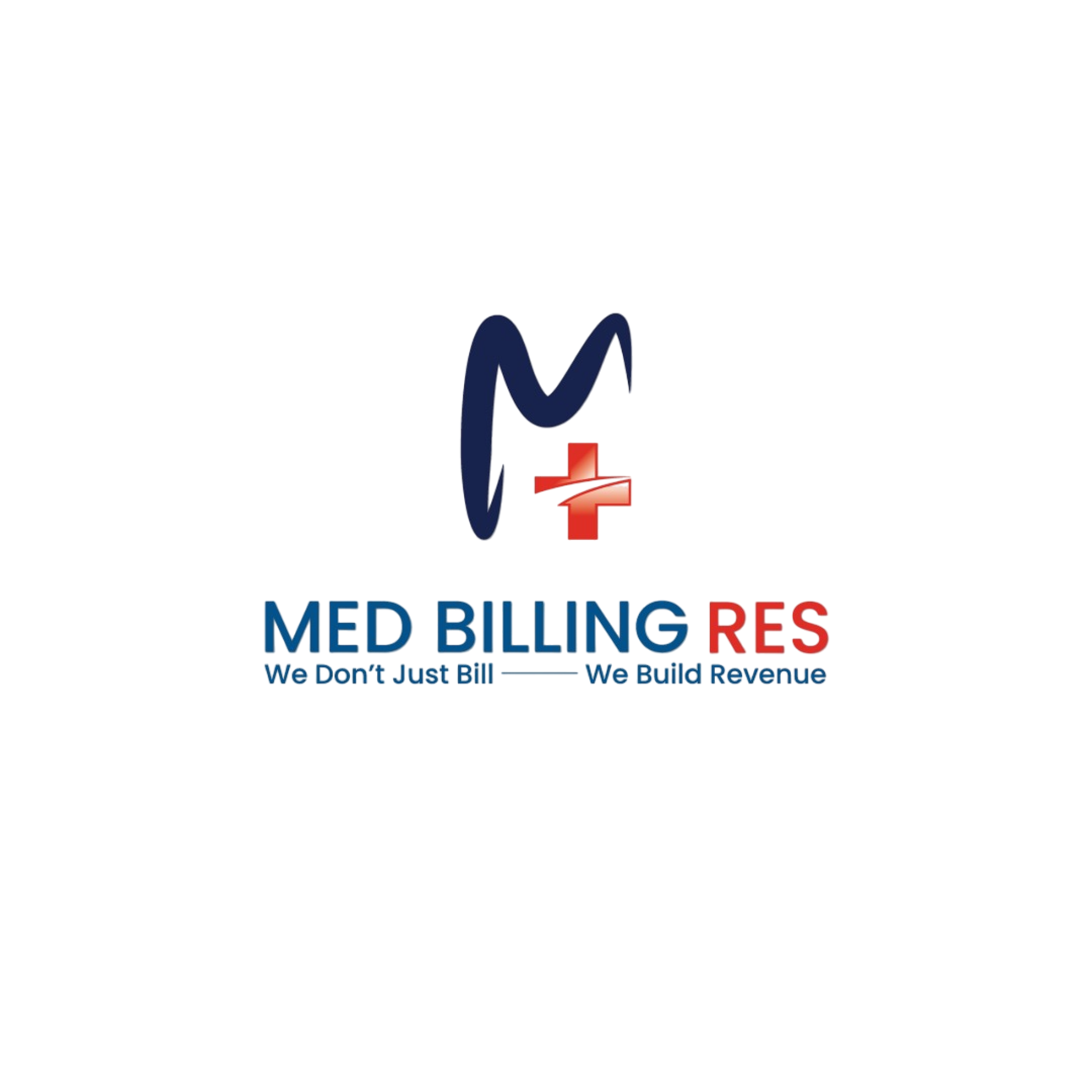Internal medicine billing usa is about to face one of its biggest shifts in years. As Medicare sunsets pandemic-era flexibilities, audio-only telehealth visits will no longer be reimbursable after September 30, 2025. That means claims that once paid $48–$50 per encounter could suddenly be denied. For a practice averaging 20 daily phone visits, that’s more than $240,000 in annual revenue wiped out.
Why the change? On October 1, 2025, Medicare will fully reinstate pre-pandemic telehealth rules. Telephone-only codes will expire, Modifier 93 will lose its relevance, and most video visits will again be limited to rural facilities. Since commercial insurers usually align with Medicare within one fiscal quarter, the ripple effect will spread far beyond Medicare patients.
This article explains what these changes mean for internal medicine billing, how much revenue is at risk, and the strategies your practice can use to protect income while staying compliant.
How Will Policy Changes Impact Internal Medicine Billing?
Revenue Loss Risks in Internal Medicine Billing
Each phone-only visit currently reimburses around $48–$50. Losing just 20 calls per day could slash $250,000+ annually for a solo provider.
Denial Surge and Accounts Receivable Challenges
Any claim filed after September 30 with Modifier 93 will be automatically denied, creating rework, staff strain, and ballooning A/R days.
Patient Experience Issues Linked to Internal Medicine Billing
Patients who relied on quick telephone check-ins may feel abandoned if not transitioned smoothly to video or in-person care.
Regulatory Timeline for Internal Medicine Billing in 2025
January 2025 – Telephone Codes Retired
CPT 99441–99443 codes are sunset. CMS also declines AMA’s newer audio-only set (98008–98015).
January 2025 – G2211 Complexity Add-On Introduced
Practices gain about $16 extra per qualifying visit, cushioning some losses.
September 2025 – Audio-Only Visits Become Non-Payable
All non-behavioral audio-only E/M visits submitted with Modifier 93 stop being reimbursed.
October 2025 – Geographic Restrictions Return
Video visits must originate in rural facilities, excluding most urban patients’ homes.
Quantifying Revenue Exposure in Internal Medicine Billing
| Practice Profile | Daily Telephone Visits | Allowable/Visit | Monthly Loss* | Annual Loss* |
| Solo internist | 20 | $50 | $22,000 | $264,000 |
| 5 MDs + 2 NPs | 70 | $48 | $74,000 | $888,000 |
*Based on 22 workdays per month.
Beyond direct write-offs, expect rising denial workloads, longer A/R cycles, and staff hours lost to rescheduling.
Strategic Roadmap for Internal Medicine Billing Compliance
Migration from Audio to Video Visits
Shift patients to two-way video telehealth. Equip exam rooms with webcams, loaner tablets for patients, and add connectivity tests to reminder calls.
Coding Adjustments to Support Internal Medicine Billing
Adopt G2211 for complex visits and integrate RPM/RTM/CCM codes to build predictable revenue streams.
Leveraging Remote Monitoring & CCM for Revenue Protection
- RPM (99454–99458): Tracks vitals remotely.
- RTM (98976–98981): Supports therapy monitoring.
- CCM (99490–99491): Generates steady monthly revenue.
These programs can replace lost telephone revenue within one quarter.
Preparing Internal Medicine Billing Teams for Waiver Rollback
Geographic ZIP Code Stratification
Match your patient list with CMS’s rural ZIP table. Flag urban addresses that won’t qualify for telehealth post-October 2025.
Telehealth Pod Solutions for Internal Medicine Billing
Set up rural “telehealth pods” in affiliate clinics with broadband and nurse support to meet compliance.
Referral Grids and Partnerships
Build referral networks with critical-access hospitals and community health centers for urban patients.
Documentation & Compliance in Internal Medicine Billing
Modifier Usage and Correct Coding Practices
- Through Sept 30, 2025: Modifier 93 valid.
- After Oct 1, 2025: Audio-only non-payable.
- Video visits: No modifier, POS 02/10 applies.
Implementing Smart EHR Workflows
Add “Telehealth Compliance” templates to auto-capture consent, platform used, and visit length. Run 10% monthly audits to catch errors.
Commercial Payer Impact on Internal Medicine Billing
Anticipating Denials from Private Insurers
Expect Anthem, UHC, and Blues to mirror Medicare edits within 1–3 months.
Updating Fee Schedules and Charge Masters
Revise contracts before January 1, 2025, or risk missing reimbursement for new payable codes like G2211.
Why Choose Med Billing RES for Internal Medicine Billing Support
Revenue Protection and Compliance Expertise
Our team tracks CMS updates, payer bulletins, and denial trends daily—so you don’t have to.
Real-Time Denial Management
With proactive claim scrubbing and fast appeals, your practice can keep revenue flowing without disruption.
Conclusion: Future-Proofing Internal Medicine Billing
The end of Medicare’s audio-only payments isn’t just a regulatory update—it’s a financial turning point. Practices that act now by transitioning patients to video, adding G2211 for complexity, and tightening documentation will protect or even grow revenue heading into Q4 2025.Those that delay risk denials, cash flow issues, and compliance audits. Partnering with experts like Med Billing RES ensures your internal medicine billing usa remains both compliant and profitable.
Contact Us
info@medbillingres.com

